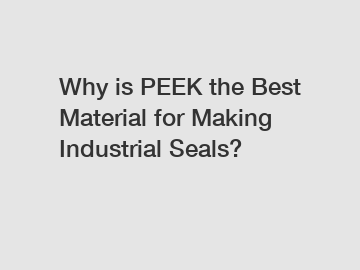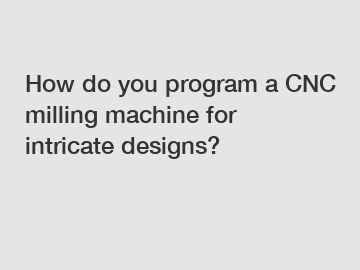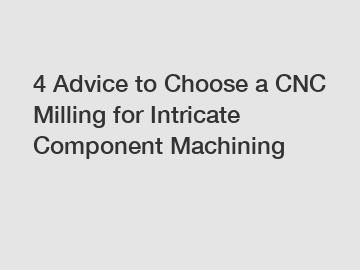What are the common aluminum extrusion profiles?
https://www.gdcoyo.com/recommend-products/profile-precision-extrusion.html
Welcome to our comprehensive guide on common aluminum extrusion profiles. In this article, we will delve into the world of aluminum extrusion, exploring various profiles, their applications, benefits, and key considerations. Whether you're an industry professional or just curious about aluminum extrusion, you've come to the right place.
Understanding Aluminum Extrusion Profiles
Aluminum extrusion is a versatile and cost-effective manufacturing process that involves shaping aluminum alloy into cross-sectional profiles. These profiles serve as essential building blocks in industries ranging from construction to automotive. Let's dive into some of the most common aluminum extrusion profiles:
1. T-Slot Extrusions
T-slot extrusions, often referred to as structural framing systems, feature a T-shaped groove that allows for easy assembly of structures using bolts and connectors. These profiles find widespread use in creating modular frames for workstations, machinery guards, display systems, and more. T-slot extrusions offer unparalleled flexibility, making them a preferred choice in various applications.
2. Square and Rectangular Tubes
Square and rectangular tubes are popular profiles used for lightweight structural components. These profiles excel in applications where strength, corrosion resistance, and aesthetic appeal are crucial. They are frequently employed in the construction of frameworks, furniture, and architectural elements due to their clean lines and durability.
3. Round Bars and Rods
Round bars and rods are versatile profiles that find use in both functional and decorative applications. These profiles are commonly utilized in the design of handles, railings, curtain walls, and artistic sculptures. Their uniform circular cross-section makes them easy to machine and shape according to specific project requirements.
4. C-Channels
C-channels, also known as U-channels, feature a "C" or "U" shape and are commonly used for structural support and framing. These profiles provide excellent load-bearing capabilities, making them suitable for constructing industrial platforms, conveyor systems, and architectural elements that require strength and stability.
Applications and Benefits
Aluminum extrusion profiles offer a multitude of advantages across various industries:
Lightweight and Durable: Aluminum profiles combine lightweight properties with exceptional durability, making them ideal for applications where weight reduction and longevity are essential.
Recommended article:Malleable Iron Fittings
Mastering CNC Milling for Specialized Tooling Needs
What Are the Key Questions to Ask When Ordering High-Quality Trapezoid Diamond Pads?
Low-Pressure Overmoulding vs Injection Molding: Which is Best for Your Project?
Maximizing Efficiency: Post Tension Anchor Benefits
Revolutionizing Retail Design: Post-Tension Anchors Reimagined?
Revolutionize Mold Making with 5-Axis CNC Machining: Everything You Need to Know
Corrosion Resistance: Aluminum's natural oxide layer provides inherent resistance to corrosion, ensuring that extruded profiles maintain their integrity even in harsh environments.
Design Flexibility: The extrusion process allows for intricate and complex profile shapes, enabling designers to realize their creative visions while maintaining structural integrity.
Thermal Conductivity: Aluminum's excellent thermal conductivity makes extruded profiles suitable for heat sinks, radiators, and other applications that require efficient heat dissipation.
Cost-Effective Production: The efficiency of aluminum extrusion manufacturing leads to cost-effective production, making these profiles an economical choice for various projects.
Key Considerations
When selecting aluminum extrusion profiles for your project, consider the following factors:
Profile Geometry: Choose a profile shape that aligns with your design requirements, ensuring it offers the necessary strength and functionality.
Alloy Selection: Different aluminum alloys offer varying properties, such as strength, machinability, and corrosion resistance. Select an alloy that suits your project's demands.
Surface Finish: Extruded profiles can be finished in various ways, including anodizing, powder coating, and polishing, to enhance aesthetics and protection.
Joining Methods: Consider how the profiles will be joined together. T-slot profiles, for instance, offer versatile joining options for modular assembly.
Conclusion
In conclusion, aluminum extrusion profiles are indispensable components in modern industries, offering a winning combination of strength, versatility, and aesthetic appeal. From T-slot extrusions to square tubes, these profiles cater to a wide range of applications, and careful consideration of alloy selection, profile geometry, and finishing options ensures a successful project outcome. Embrace the endless possibilities that aluminum extrusion profiles bring to your designs, and unlock innovation in your next venture.
Innovative Designs Unleashed: The Power of CNC Milling
Revolutionizing Custom Designs: The Future of CNC Milling?
Pipeline Safety: Requirement of Valve Installation and ...
10 Things to Consider When Buying wholesale post tension wedges
Ultimate Guide to Bush Hammer for PHX Grinder
How to use a 9mm hole magnetic diamond tool?
Top CNC Milling Tips for Specialty Products









Comments
0